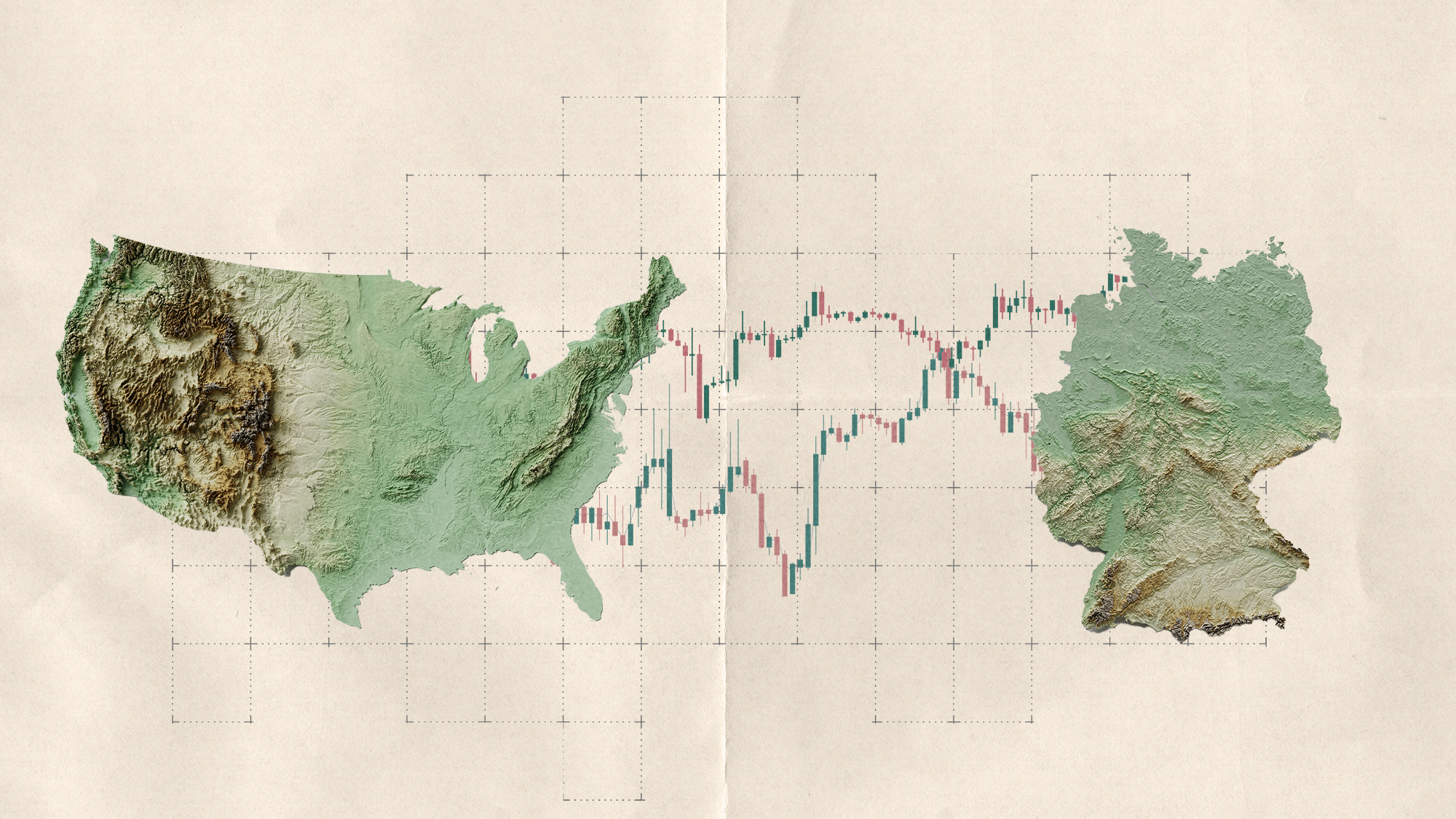The decisions taken by Germany and the United States in the coming years may well shape the future of global trade and international financial stability.
The United States and Germany, two of the world’s three largest economies, play key roles in the global economic order in a highly interconnected world. Historically, these two countries have pursued contrasting economic strategies. Germany has been geared toward fiscal discipline and manufacturing, while the United States has embraced a model built on consumer spending and technological innovation. However, their economies are interrelated and the decisions of one inevitably impact the other.
Sweeping changes in Germany
Germany, the Eurozone’s largest economy, has been in recession for the last two years. This has mainly taken the form of deindustrialization. The federal government recently backed a €500-billion fund following tough negotiations between the Christian Democratic Union (CDU), the Social Democratic Party (SPD), and the Greens. Its goal is to kick-start the economy through investments in key sectors, such as defense, infrastructure, civil protection, and advanced technologies.
This policy has been enabled by the relaxation of the debt brake, a constitutional mechanism restricting government borrowing. The mere announcement of this massive borrowing plan pushed the German ten-year bond sharply up by around 3%.
Nevertheless, looking beyond the initial growth, the real concern lies in the sustainability of these investments and their long-term impact on economic growth and fiscal stability. The Greens have also been given the chance to enshrine the goal of climate neutrality in the Constitution, which means that any business investment project could be blocked on specific political grounds. This will not necessarily be in the public interest. On the contrary, it may set up an environmentalist agenda that could slow decision-making processes and even thwart some investments, adversely affecting Germany’s economic growth.
Higher German government spending is bound to lead to higher deficit, higher government borrowing, and higher inflation. The need for more borrowing to finance the deficit will tend to keep German bond yields buoyant and put upward pressure on the euro.
Germany’s industry is also struggling to cope with structural problems such as rising energy prices and competition from China in advanced manufacturing. If Germany does not find ways to spur private investment and boost its competitiveness, growth might remain sluggish in the coming years.
Another daunting challenge for Germany is the slowdown in domestic consumer spending. Stubborn inflation in recent years has squeezed people’s purchasing power, which negatively impacts industries such as retail and construction. The government might consider stimulus policies to turn this around, i.e., selective tax cuts or investment grants.
US economic strategy
Meanwhile, the United States has embarked on a starkly different course. With a growing fiscal and trade deficit, Donald Trump’s administration has opted for a strategy of fiscal austerity to rein in public spending. The government has pushed for significant cuts in federal agencies and social programs to shrink debt and cool the economy.
A key factor in this US strategy is the stance taken by Elon Musk, who is leading government restructuring through the Department of Government Efficiency (DOGE). His vision of a lean public administration has led to the closure of agencies including USAID and the shedding of thousands of federal jobs.
The economic outlook for both countries poses significant challenges.
This cutback in government spending is triggering an economic slowdown, stifling job creation, and eroding consumer confidence. However, the lower inflation accompanying slower growth – reflecting a weaker economy – would drive down interest rates and weaken the dollar. This may have a very positive effect: to boost the competitiveness of US exports.
The Trump administration’s chaotic cocktail of tariffs and budget cuts is engendering huge uncertainty in a Germany badly in need of exports to the US in key sectors such as the automotive industry, technology, and chemicals.
Economic interconnection
Despite their differences, the two economies are closely interconnected. Hence, one of the main concerns for Germany is the likelihood that the US will persist with protectionist policies. That is to say applying tariffs to European products. This could hinder the German recovery and ratchet up trade tensions between the two nations. Conversely, Germany’s defense spending might benefit the US since much of the military technology comes from American firms. This could even out the balance of trade between these two economies to some extent.
The economic outlook for both countries poses significant challenges. In Germany, the decision to relax the public debt brake signals a paradigm shift, yet its effectiveness will depend on how these investments are handled. As for the United States, it will have to strike a balance between its austerity strategy and staying economically competitive. Excessive public spending cuts could exacerbate the economic downturn.
Indeed, the OECD has downgraded its US economic growth outlook precisely because of higher trade barriers and economic uncertainty. Annual GDP growth is forecast to slow to 2.2% this year and decline further to 1.6% in 2026, compared to 2.8% in 2024.
Cooperation scenarios
A viable solution here might be greater cooperation between the US and Germany, which would be a win-win for both sides. A German economy with higher domestic demand would buy more products from the US which, in turn, would shrink its trade deficit without resorting to tariffs.
Both countries may also seek to lessen their reliance on China by stepping up joint investment in strategic industries and fostering tech product manufacturing. Although the rivalry with China breeds trade tensions, it may also be an opportunity to enhance transatlantic cooperation. Mainly in such areas as artificial intelligence, renewable energy, and defense.
In conclusion, the economic relationship between the United States and Germany is at a turning point. The decisions taken by both countries in the coming years may well shape the future of global trade and international financial stability. In an increasingly interconnected world, cooperation and coordinated strategies could be the key to sustainable, balanced economic growth.
Before becoming President of the United States, Donald Trump was a businessman who saw himself as a good negotiator. This prompted him to write about his professional experiences in The Art of the Deal. However, Trump seems to have overlooked the first lesson taught in negotiation courses. As his fellow American Zig Ziglar famously stated: “If people trust you, they’ll do business with you.”
This article was originally published in Spanish in Expansion.
© IE Insights.



